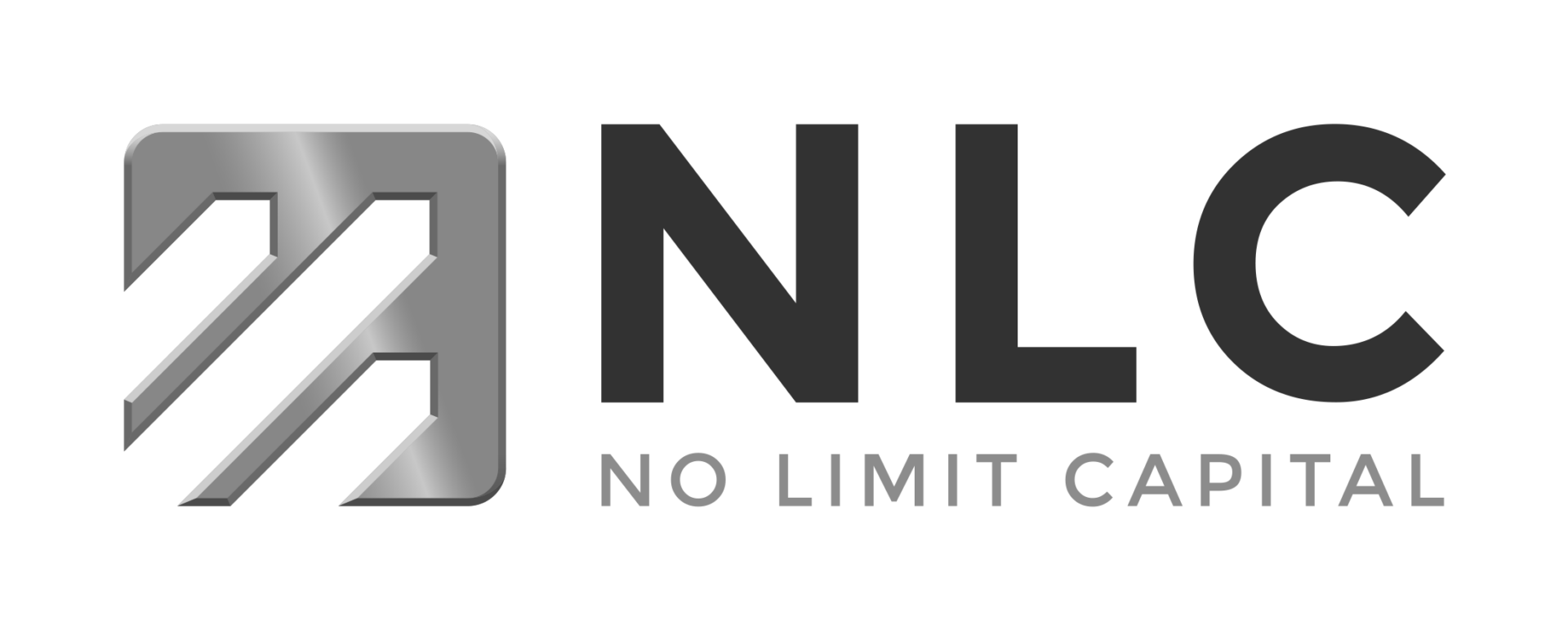2021 went from being the year of “back to normal” to “continuing with abnormal”. All aspects and drivers of the Fund Finance market saw record-breaking activity.
We saw 5 key themes in 2021
Record High Fundraising, Deal Activity, and Fund Financing Volumes
- According to Pitchbook over $882.9 billion was raised in the first three quarters alone, with full 2021 numbers still to come out.
- Global M&A activity also had a record-setting year, with just over 27,000 deals completed for a combined $3.4 trillion through the first three quarters of 2021.
Pricing Contraction
- The surge in demand didn’t result in a price increase, but rather a price decrease. This is counterintuitive and due to various factors.
New Norm – ESG Link Facilities
- ESG or sustainability-linked loans continue to play a big part in the Fund Finance market, particularly in Europe. These loans are designed to incentivize the borrower’s commitment to sustainability through predetermined ESG performance targets in the form of defined KPIs.
JES Capital – Fund Finance Fraud Case
- The impact of the JES Capital fraud case on the Fund Finance market.
LIBOR Transition
- It’s safe to say that the LIBOR transition was the least favorite topic of 2021 for everyone involved. A number of lenders and law firms called 2021 the year of amendments with all the changes that took place.
Looking forward to 2022, we expect it to be another record high fundraising year, this will in turn put even more pressure on the fund financing market that is already struggling to keep up with the demand. To deal with the market growth we expect current lenders to be far more selective, with a greater focus on ancillary business. We also expect fully committed RCFs to slowly shift toward a combination of committed and uncommitted tranches. We expect non-bank lenders to play a bigger role in the market across capital call, hybrids, and NAV facilities, and work alongside existing banks to help absorb the increase in demand.


